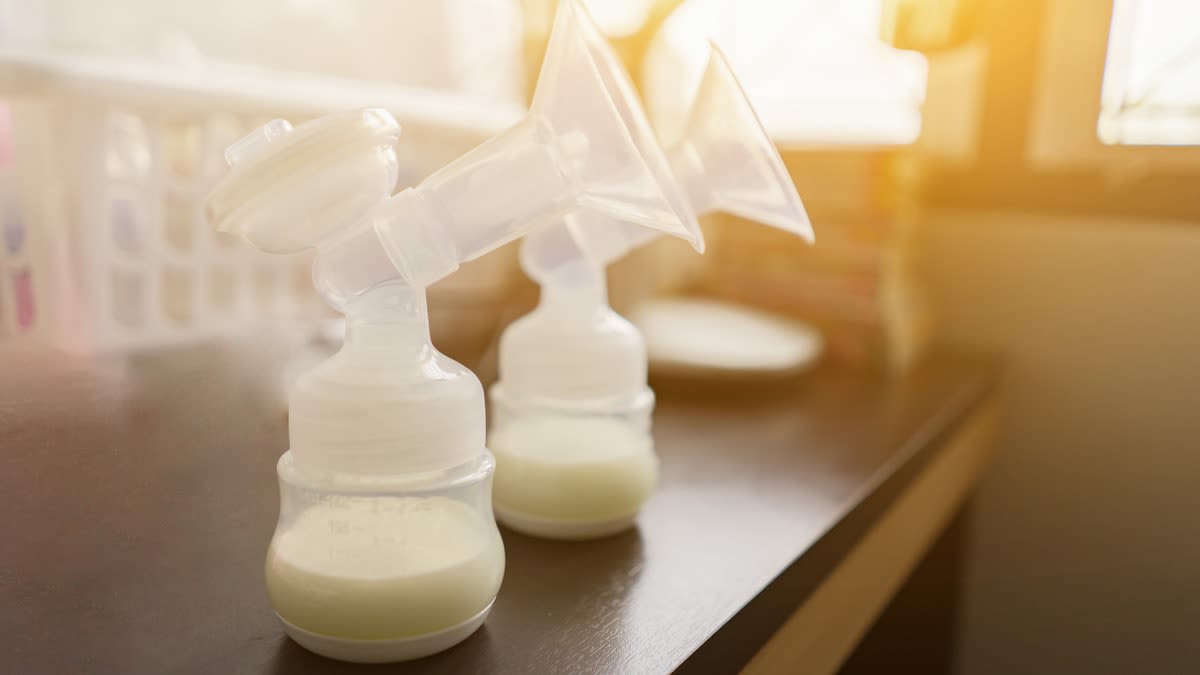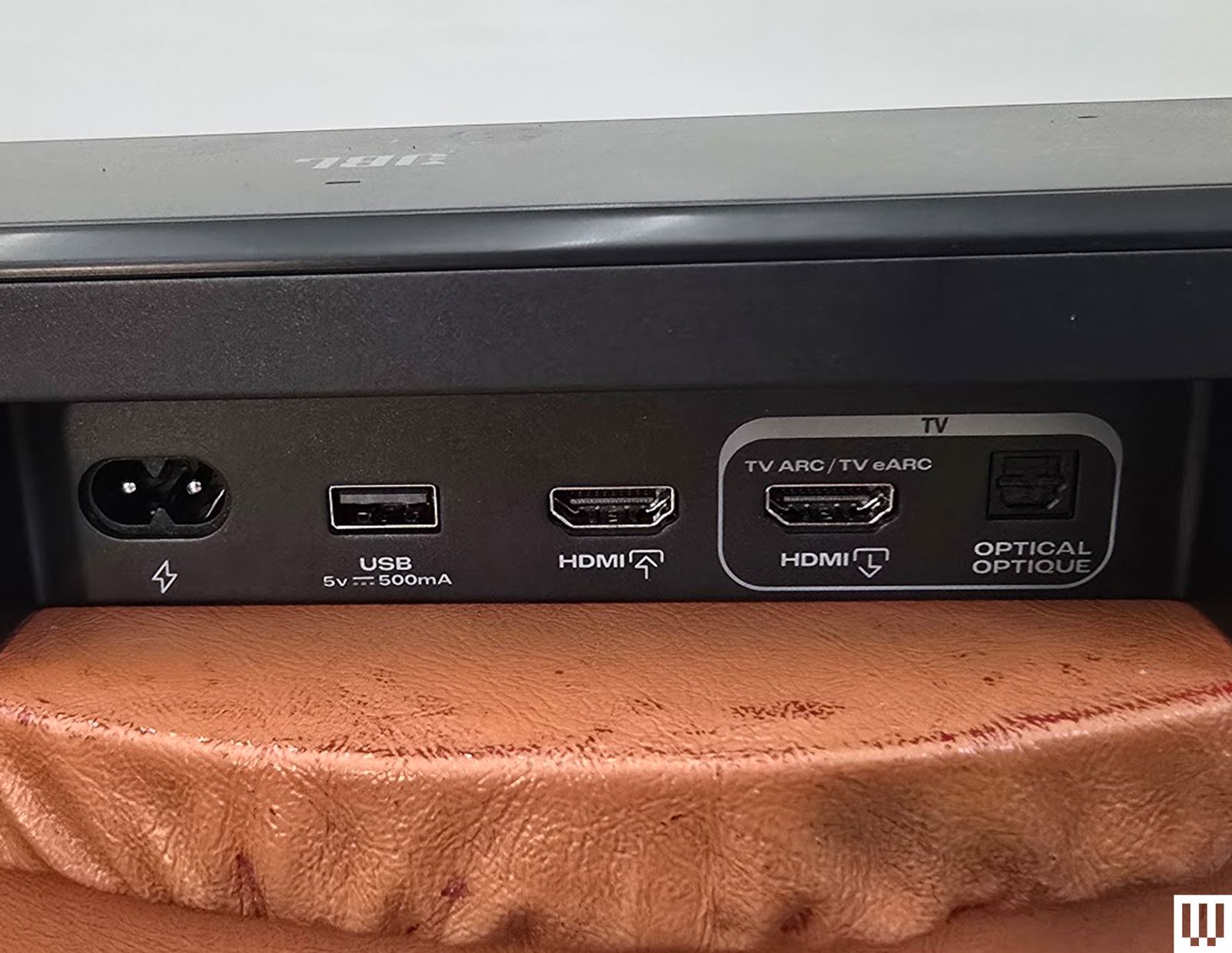
Most breastfed newborns will eat every 2 to 4 hours, on average, and some will want to nurse as often as every 1 to 3 hours in those first few days. That doesn’t mean that more is always better when it comes to pumping. Maya Bunik, American Academy of Pediatrics breastfeeding section chair and professor of pediatrics at the University of Colorado School of Medicine, says pumping should be limited to 10 to 15 minutes and care should be taken so that it is at a comfortable setting. “Overexpression can lead to oversupply, which can cause the baby to get flooded with letdown at the breast and is associated with maternal mastitis,” Bunik says.
Dixon says she doesn’t like to overpump and tells her clients that if they are pumping and it is taking longer than 30 minutes in the first 12 weeks to get their breasts empty, either something’s wrong with their pump flange, products or schedule, or they potentially have an underlying condition.
Conditions such as hemorrhaging at birth or having a retained placenta, in which a part of the placenta is left behind after birth, can affect milk production—as well as more common experiences like postpartum stress. Other health conditions that can lead to a delay in milk coming in or have an ongoing effect on milk production include thyroid conditions, diabetes, polycystic ovarian syndrome, and not having enough glandular breast tissue.
If you are not producing enough milk and suspect a medical condition could be the cause, Dixon recommends visiting your OB/GYN or primary care physician. Lactation professionals can provide invaluable breastfeeding and pumping support, but they are not qualified to give medical advice, provide medical diagnoses, or prescribe medication.
Setting realistic pumping schedules that honor your milk production, your baby’s needs, and the needs of older children in your home can also help create more pumping success. Prolactin, the hormone that stimulates production of breast milk, is highest at night, which means it’s important to pump in the middle of the night, even if your baby is sleeping and you’re tempted to stay snug under that blanket (we get it).
If you are exclusively breast pumping and aren’t emptying your breasts of milk at this time, Dixon says, your body will get the message that all of that milk is not needed, so it will send a signal to your brain not to make as much milk, thereby lowering your milk production over time. (Note: This is called the feedback inhibitor of lactation.)
If you have older children and struggle with juggling exclusive pumping or pumping and breastfeeding with tending to their needs—because you aren’t a superhero or an octopus—Dixon offers a smart tip. While some lactation experts may recommend pumping and breastfeeding at the same time, Dixon says she doesn’t advise this because some babies need to feed from both breasts. Instead, she shows her clients (and demonstrated for me) how to pump using two flanges attached to both breasts that empty milk into two separate bottles while you are simultaneously holding your baby upright on your lap and feeding them pumped milk from a previous pumping session from a third bottle. The benefit of this method is that, instead of it taking 1 hour to feed your baby, it can take just 30 minutes—giving you back time to spend with your other children (or just relax).









